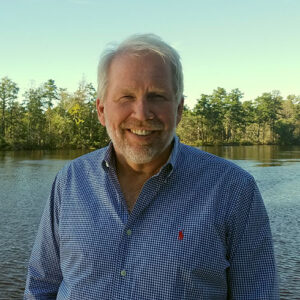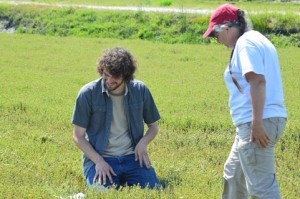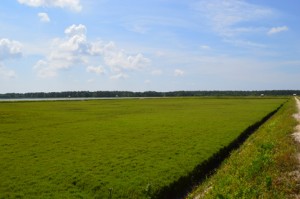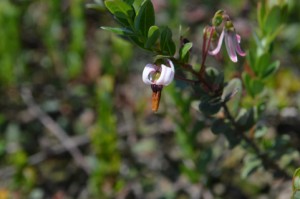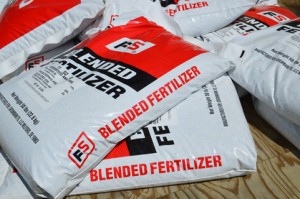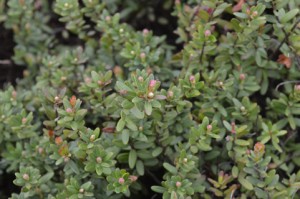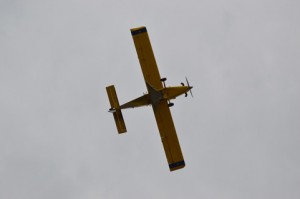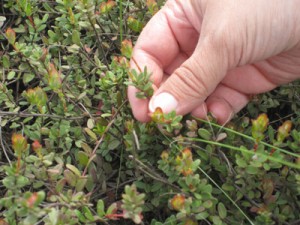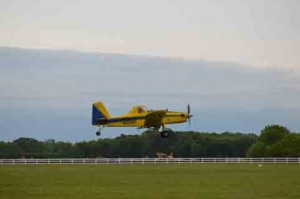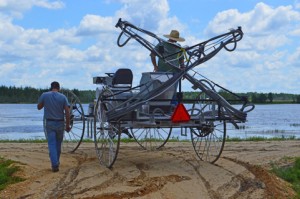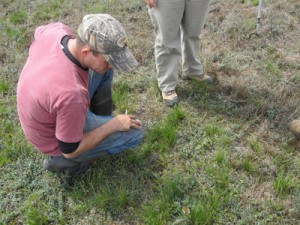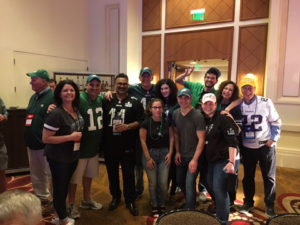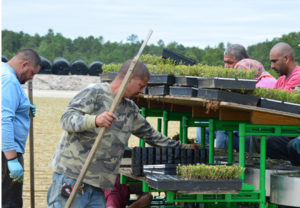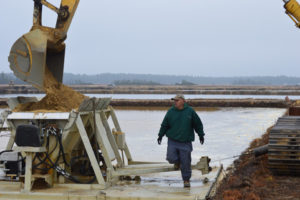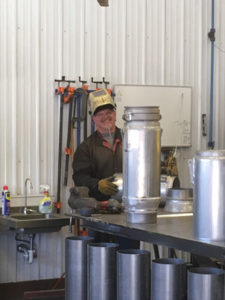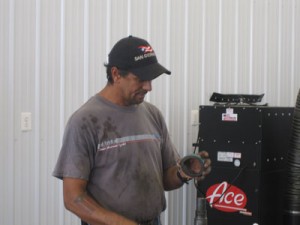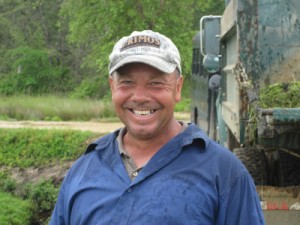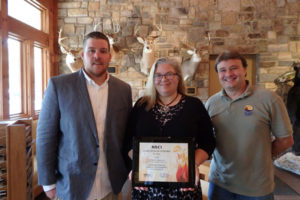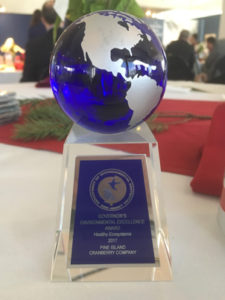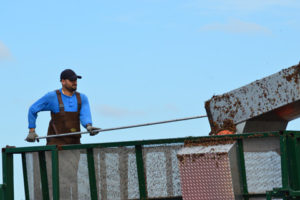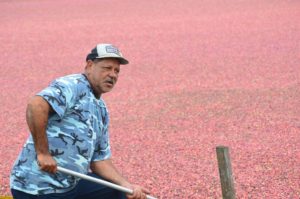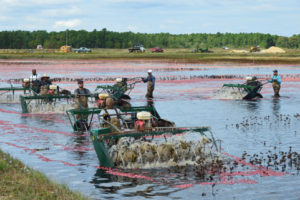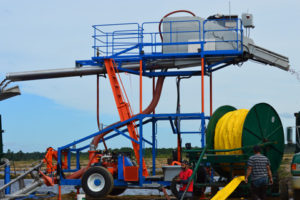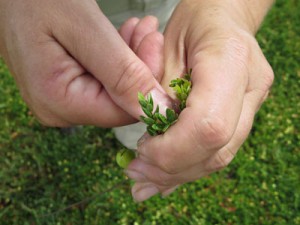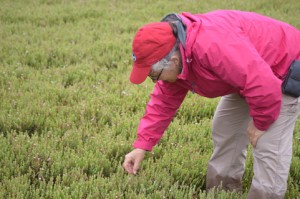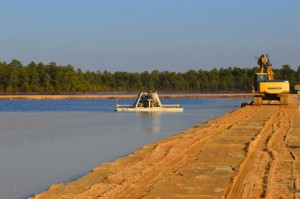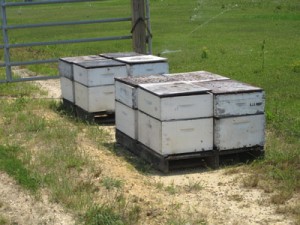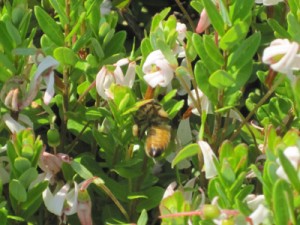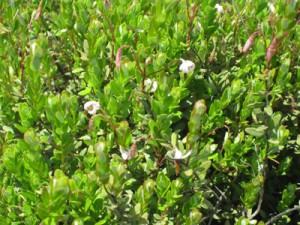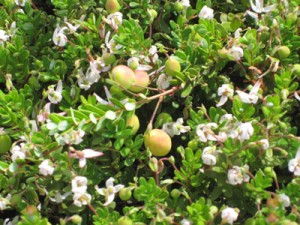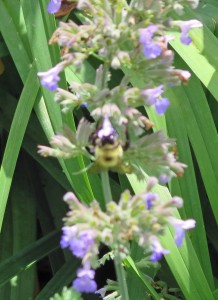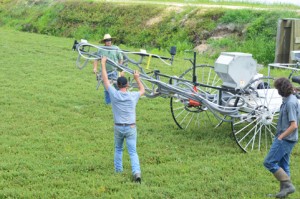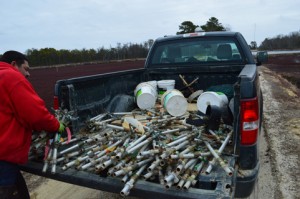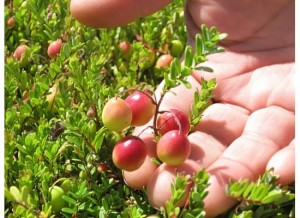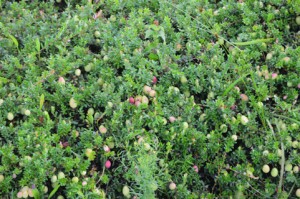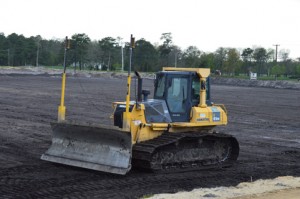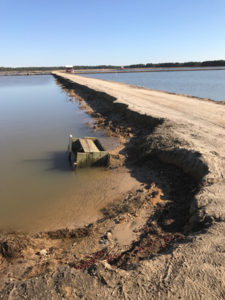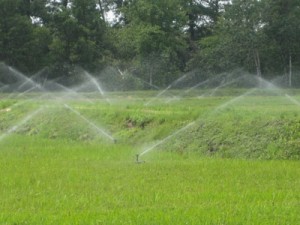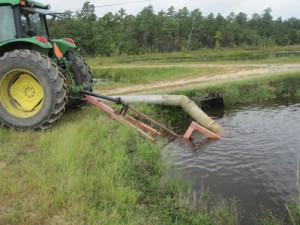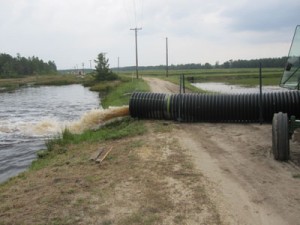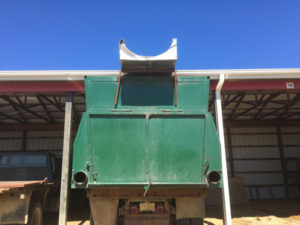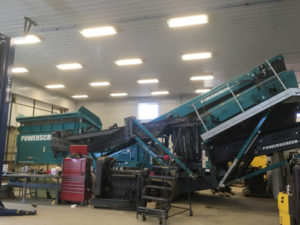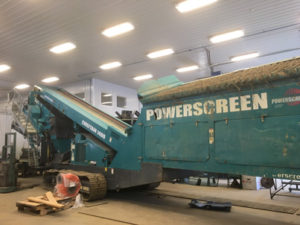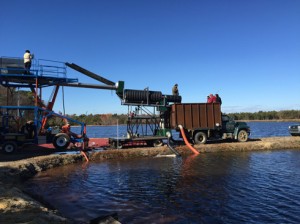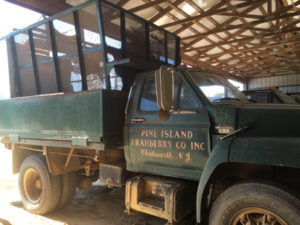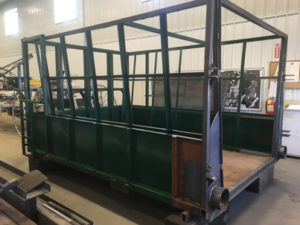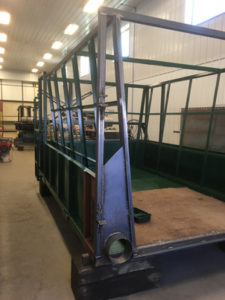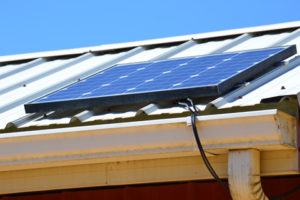Welcome to the next installment of our latest occasional feature: Meet the Researchers! We’ve spent so much time talking about the excellent work being done at the Rutgers Philip E. Marucci Center for Blueberry & Cranberry Research that we thought it was time to learn a little more about the people behind the projects. This week: Dr. Peter Oudemans.
1. What drew you to your field/research focus?
It turns out my great-great-grandfather was a plant pathologist. Although I did not know that when I chose the field, I can’t help thinking it was, in part, genetics. When I first discovered this field I knew it was for me.
2. What do you consider your best accomplishment?
Developing meaningful recommendations that can be used in the field and that I have confidence in is very satisfying to me. It encompasses everything I know about the disease so that we can slow it down and achieve a marketable crop. These are also evolving all the time and as we learn more they change.
3. What has been your biggest challenge?
In my bubble it is just the pathogen and host. Somehow we need to interrupt that interaction. Things become challenging when there are new things to consider. For example, MRLs, pollinator health, climate change, or export-qualified fruit are all factors that can influence plant disease that are outside the current recommendations. A simple policy change on one hand can translate into significant crop loss on the other. Navigating these factors can be very challenging.
4. What are your long-term research goals?
Long-term is tricky but I would like to develop tools that will make problem-solving easier. For example, effective bioassays will help identify new chemistries for fruit rot control with a higher throughput than regular field trials. Ultimately, we will start controlling fruit rot in a more specific way and those tools will help tailor the programs.
5. What do you enjoy most about working with the cranberry community?
The place, the people, the crops. It is a beautiful mosaic and I am lucky and grateful to call it home!
Previously: Dr. Thierry Besançon

